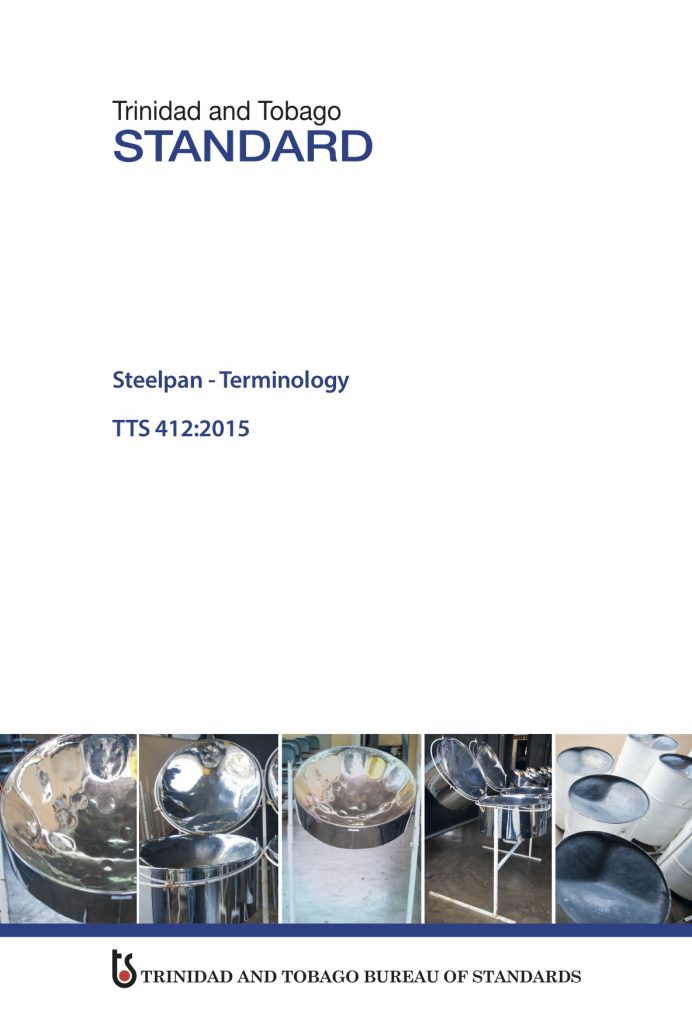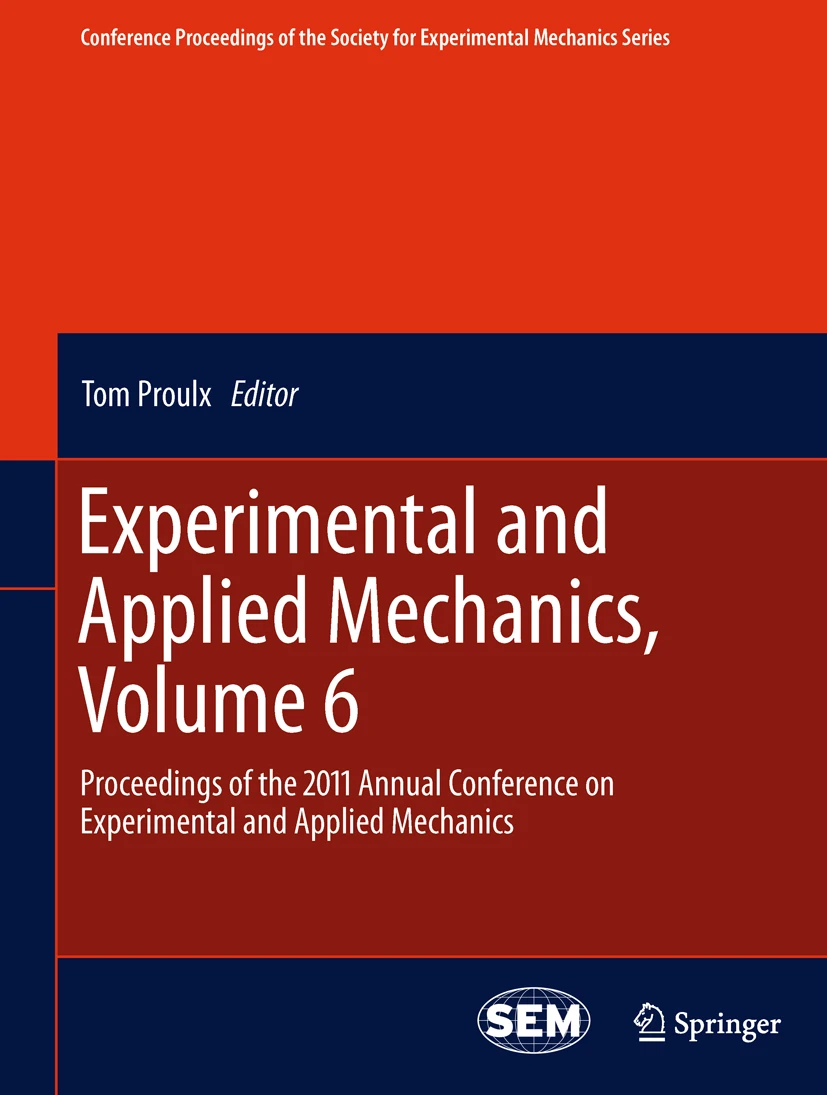Engineering Week is just around the corner, and it's a fantastic time to celebrate the ingenuity, creativity, and impact of engineers worldwide. Whether you're an aspiring engineer or already deep into your studies, this week is dedicated to recognizing the importance of engineering in shaping our world. Join us in this celebration and make the most of the resources available to you at the Alma Jordan Library.

What is Engineering Week?
Engineering Week is an annual event that highlights the contributions of engineers and promotes engineering as a vital and exciting career path. This year, it coincides with World Engineering Day on March 4th, a global celebration to raise awareness about the role of engineering in modern life and its contributions to sustainable development.
For more information on the schedule and themes, check out the official websites for World Engineering Day and Engineers Week 2024.
Dive into Engineering Literature at the Alma Jordan Library
As you engage with Engineering Week activities, don't miss the opportunity to explore some of the best engineering books available at the Alma Jordan Library. Here's a curated list of must-read titles that can provide both foundational knowledge and advanced insights into various engineering careers:
Get Involved!
Mark your calendars and get ready to immerse yourself in a week of engineering excellence. Engage in the online events via the World Engineering Day and Engineers Week 2024 websites, expand your knowledge with the recommended books, and connect with the engineering community. The future is engineered by those who dare to innovate, and Engineering Week is your platform to step up and make a difference.
Stay updated with the latest events and resources by visiting the World Engineering Day and Engineers Week 2024 websites, and don’t forget to leverage the vast resources available at the Alma Jordan Library.
Happy Engineering Week!




Global Creativity and Innovation Day
World Creativity and Innovation Day is an event observed on April 21, emphasizing the vital role of creativity and innovation in problem-solving and advancing human progress. For engineering students, this day serves as a reminder of the impact of thinking on shaping the future of technology and engineering.
The Significance of Creativity and Innovation in Engineering
Creativity and innovation are elements in engineering that enable the creation of solutions to complex issues. According to Cropley (2015), fostering creativity in engineering education helps generate innovative solutions that meet society’s evolving needs.
Throughout history, engineering has been about individuals discovering solutions to an array of problems spanning from architecture to medicine. It tackles challenges like earthquakes, transportation systems, clean water access, and increased lifespans. Engineering not only enhances life but also impacts the economy and overall quality of life.
The Engineering Division at the Alma Jordan Library has a wealth of information on engineering, creativity, innovation, entrepreneurship and other relevant topics. Here is a brief list of selected e-books that may be of interest to engineering students seeking to foster creativity and innovation.
Selected E-books
How can Engineering Students further Enhance their Creativity and Innovation Skills?
Engineering students can further enhance their creativity and innovation skills during their university studies by following the steps outlined below based on practices for creating a culture that fosters creativity (Higuera et al., 2021);
Keep in mind that creativity and innovation extend beyond engineering. To foster creativity and innovation among engineering students, educational programs should surpass instruction. Badran (2007) stresses the importance of an approach to enhancing innovative skills through interdisciplinary courses, workshops, and hands-on projects. You can unleash your potential by incorporating these strategies and nurturing a mindset that embraces creativity. Become a driving force for positive change in any field or pursuit you decide to embark on.
On the occasion of World Creativity and Innovation Day, it is crucial to acknowledge the role that creativity and innovation play in the realm of engineering. By cultivating a mindset and offering access to resources, the Alma Jordan Library continues to empower engineering students to emerge as inventive problem solvers and influential figures in their domain. We request that you embrace this day as an opportunity to delve into concepts and embrace risks. Push the boundaries of what can be achieved in engineering.
References
Badran, Ibrahim. 2007. "Enhancing Creativity and Innovation in Engineering Education." European Journal of Engineering Education 32 (5): 573-585.
Charyton, Christine. 2015. "Creative Engineering Design: The Meaning of Creativity and Innovation in Engineering." Creativity and innovation among science and art: A discussion of the two cultures: 135-152.
Cropley, David H. 2015. "Promoting Creativity and Innovation in Engineering Education." Psychology of Aesthetics, Creativity, and the Arts 9 (2): 161.
Higuera Martínez, Oscar Iván, Liliana Fernández-Samacá, and Lizeth Fernanda Serrano Cárdenas. 2021. "Trends and Opportunities by Fostering Creativity in Science and Engineering: A Systematic Review." European Journal of Engineering Education 46 (6): 1117-1140.
United Nations. “World Creativity and Innovation Day.” United Nations. Accessed April 19, 2024. https://www.un.org/en/observances/creativity-and-innovation-day.